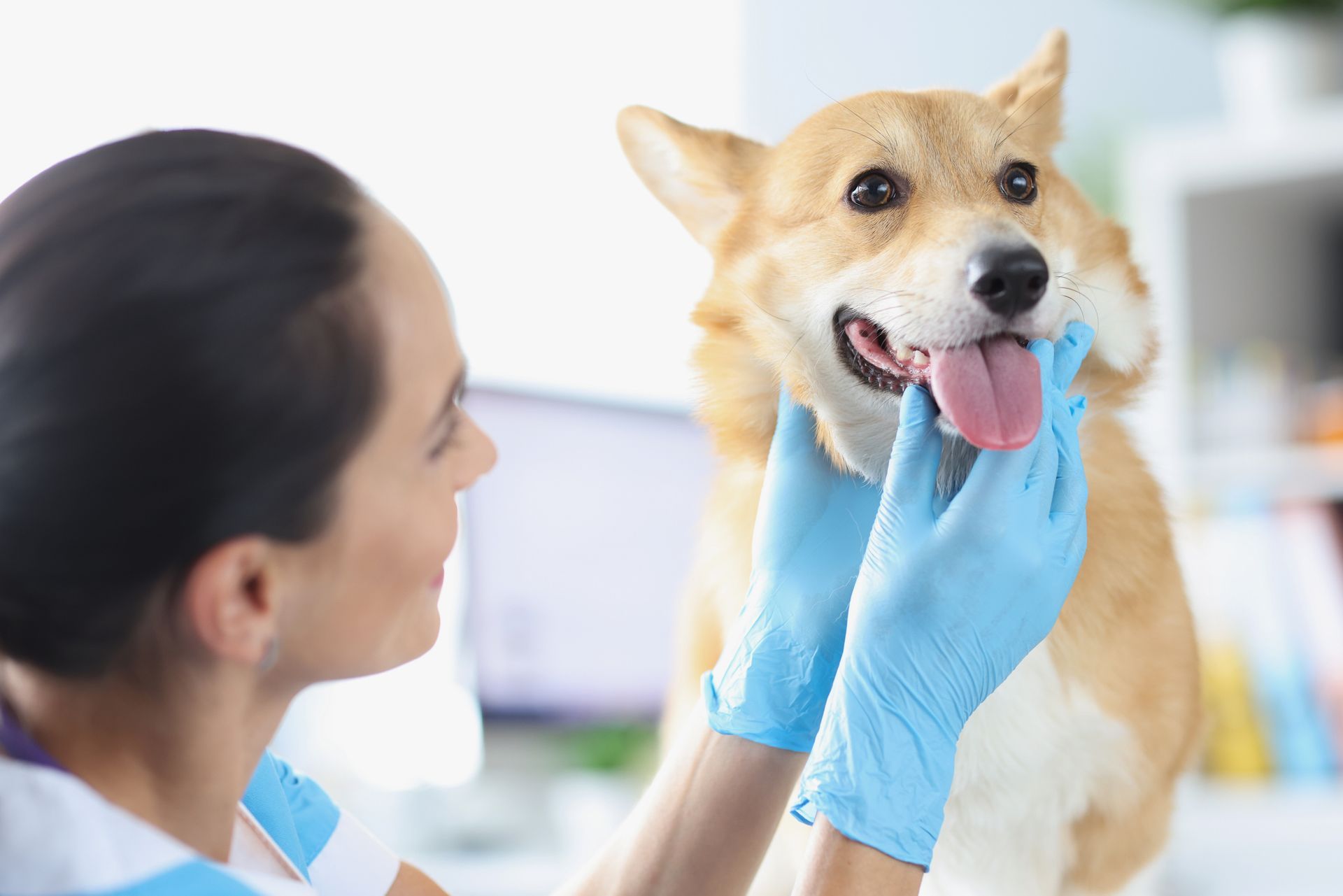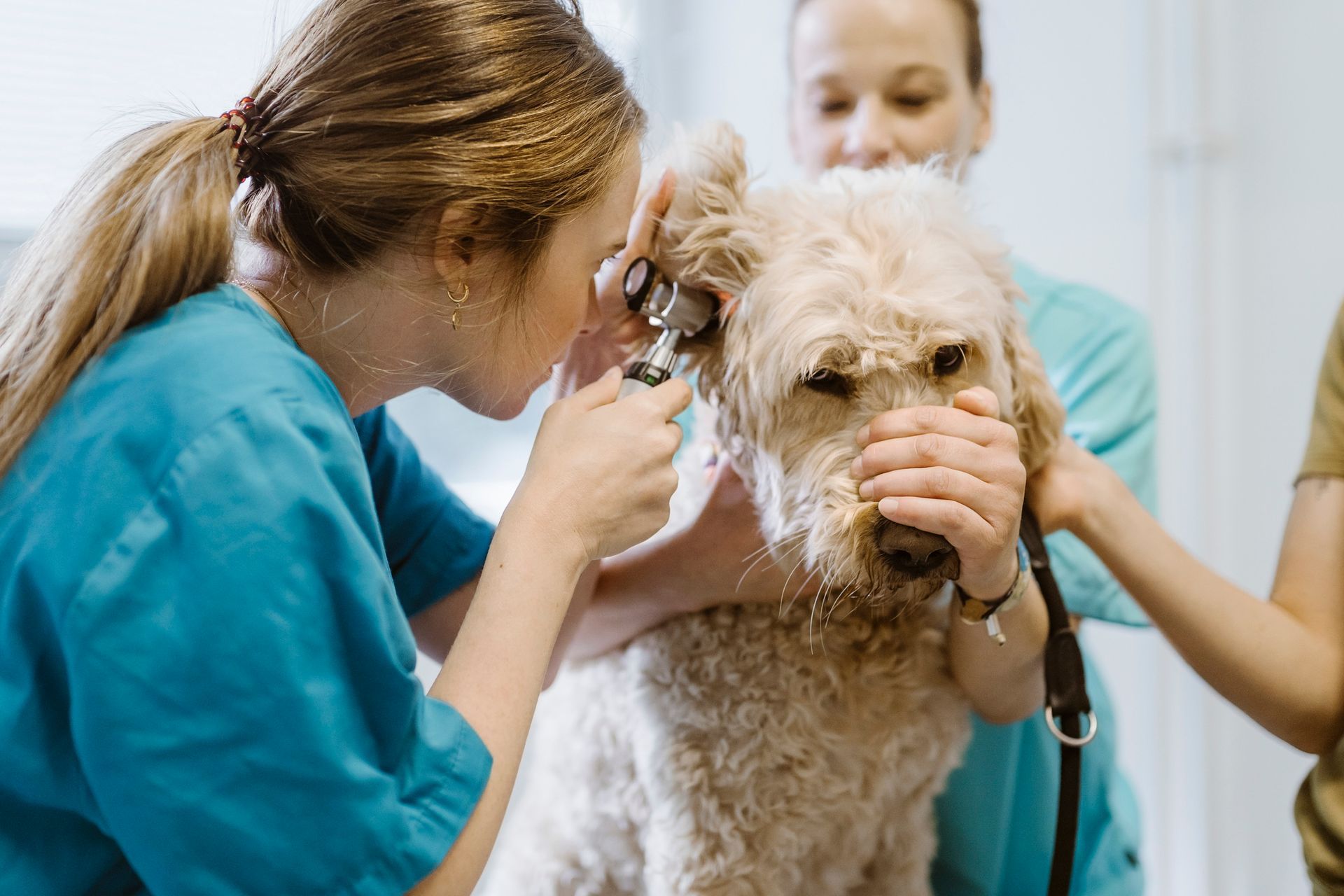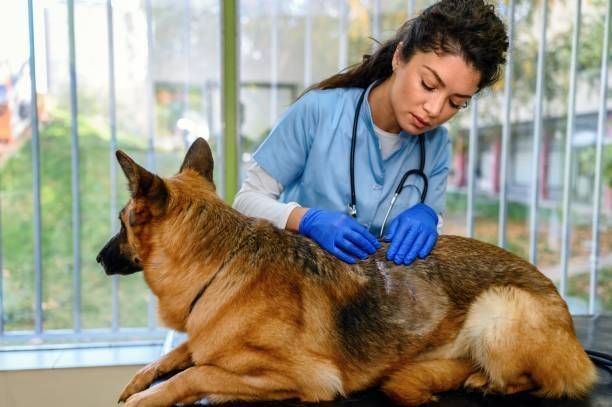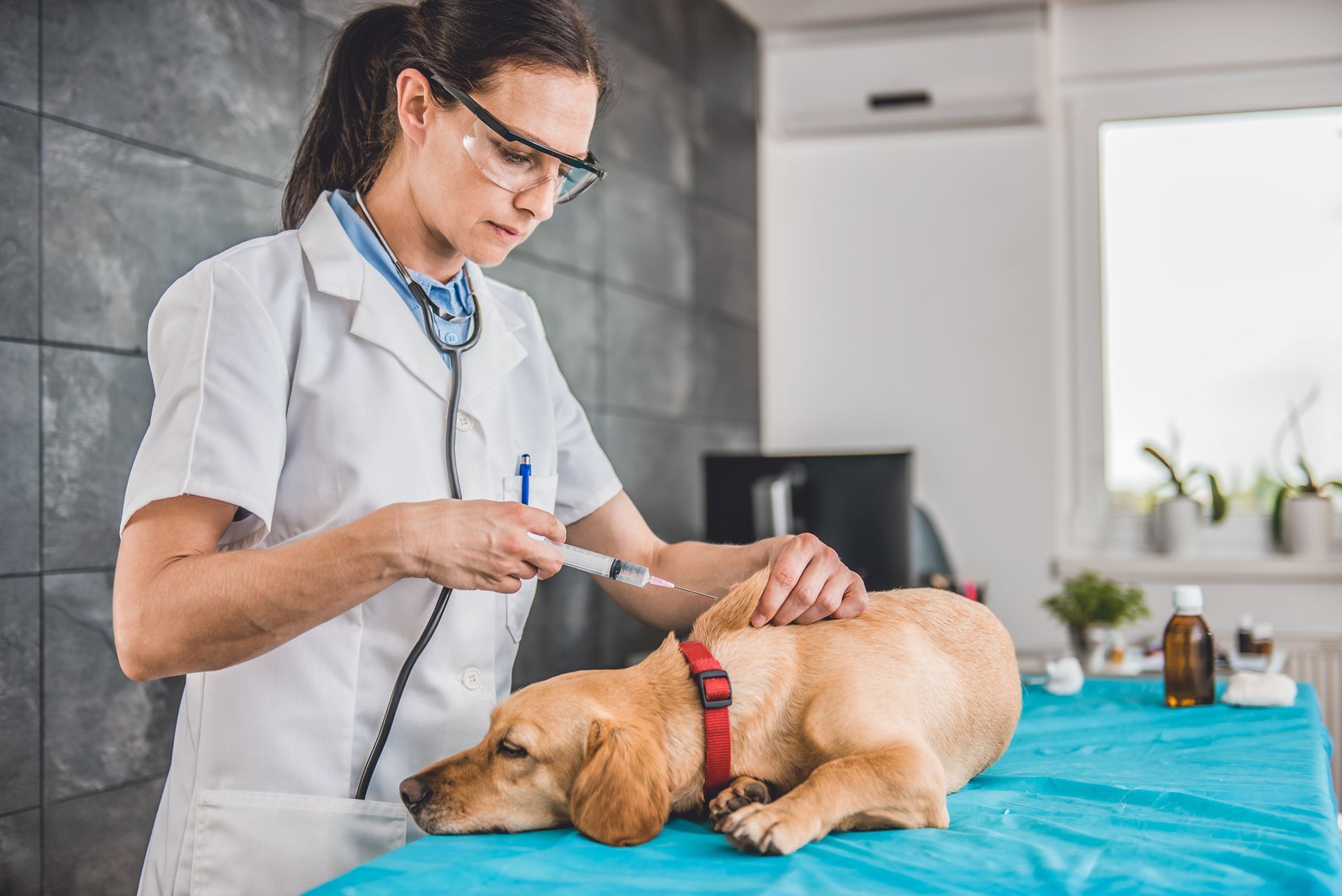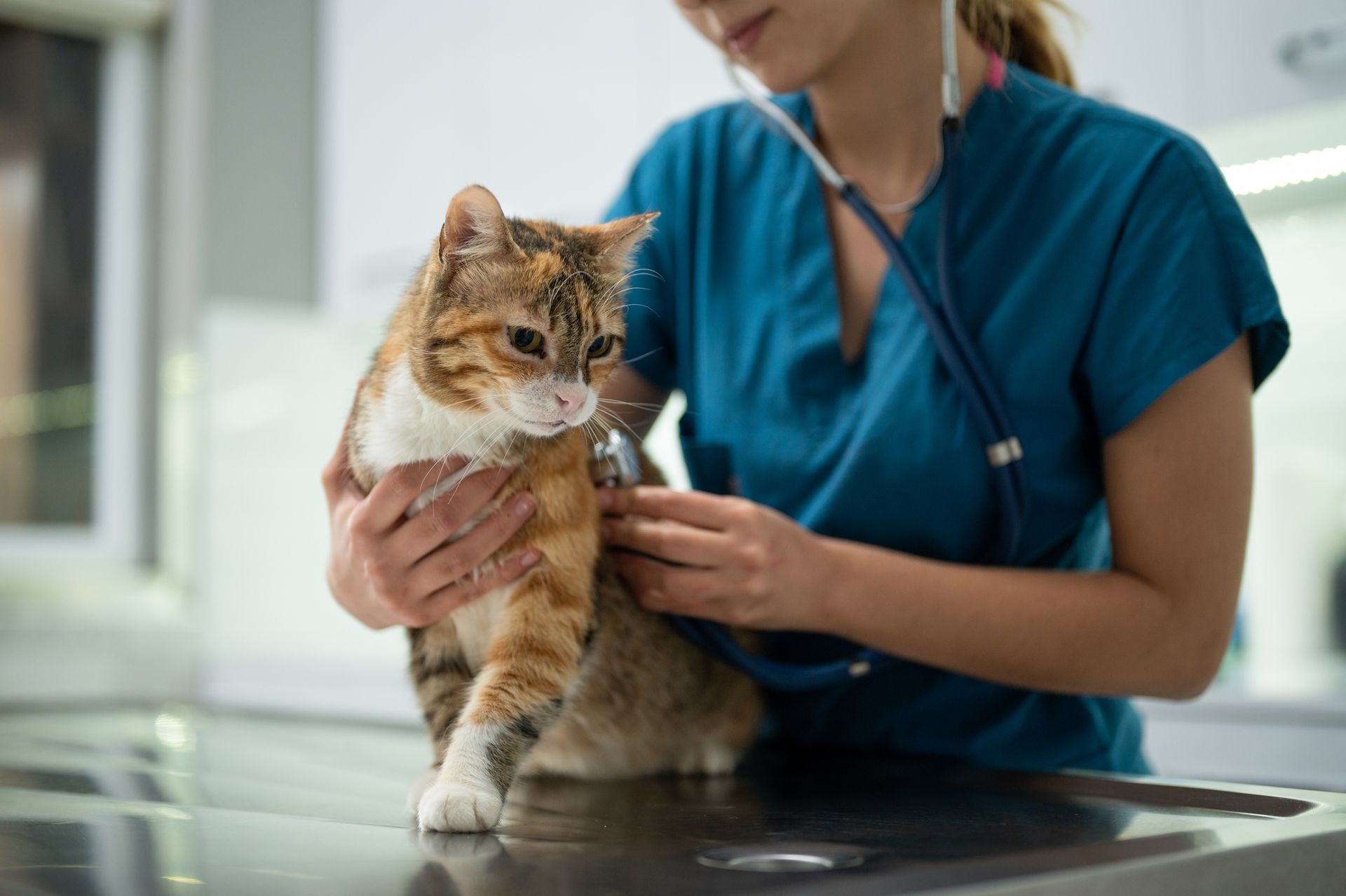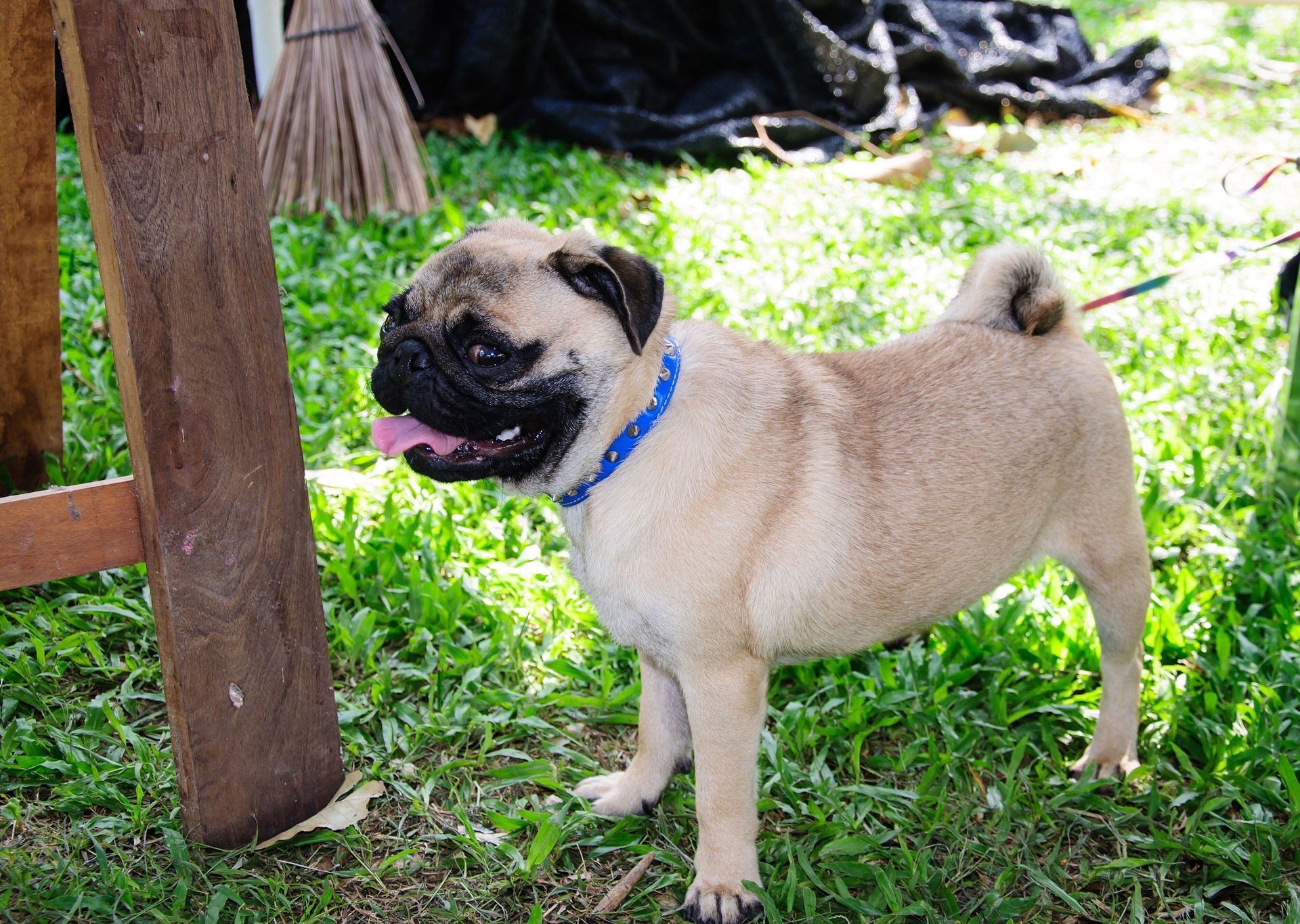4 Things You Should Know About Canine Spinal Injuries
Admin • October 12, 2021
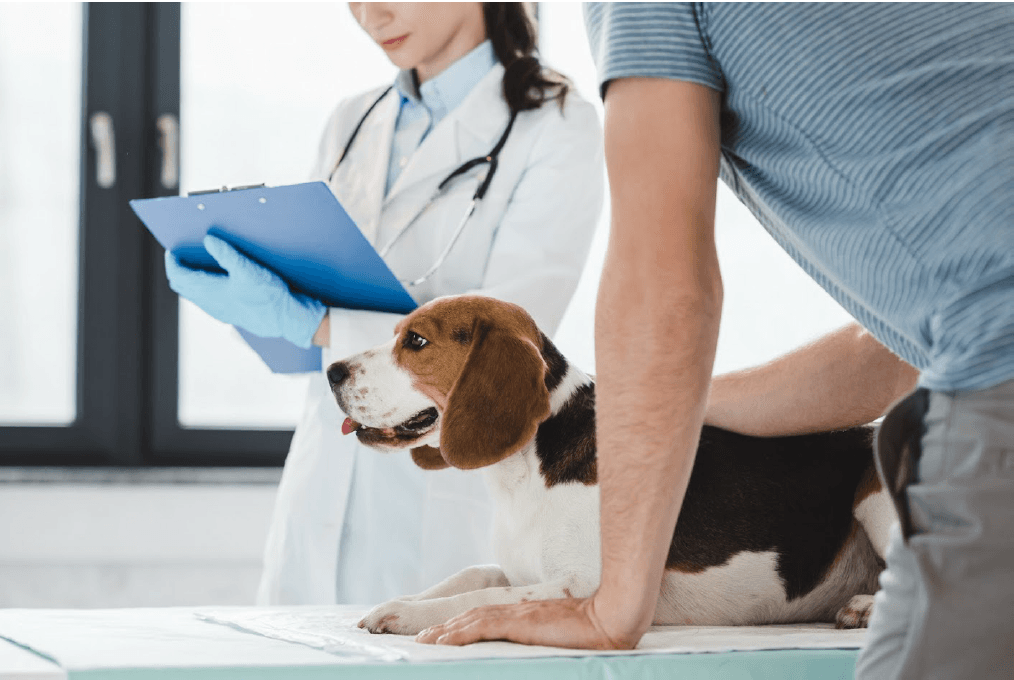
When your beloved dog has suffered a spinal injury, you may find yourself suffering in sympathy. A dog may have a slightly different spinal configuration than a human (most obviously in the extra vertebrae that support a tail), but dogs can experience many similar kinds of injury to this critical structure, causing pain and loss of mobility.
You can do your dog a huge favor by learning about the causes and symptoms of canine spinal injuries, along with the proper responses to ensure that they receive the right evaluation, veterinary treatment, and home care. Start by learning the following four key points about this debilitating problem.
1. Why Dogs Sustain Spinal Injuries
A condition called intervertebral disk disease (IVDD) counts as the leading cause of acute spinal injuries in dogs. This problem usually develops slowly as an age-related deterioration of the vertebral discs. However, a fall from a height or other stressful action can cause a deteriorated disk to rupture suddenly, pinching spinal nerves.
A disk doesn't have to rupture completely to cause trouble for your dog. Intense activity involving the spine can also cause a tiny piece of disk material to come loose and clog a nearby artery, a problem known as a fibrocartilaginous embolism (FCE). FCE can cut off the normal flow of blood to your dog's spinal cord.
Traumatic injuries related to falls, impacts with automobiles, gunshots, and fights with other animals can damage a dog's spine. Examples of such damage include fractured vertebrae, severed spinal nerve tissue, and subluxation (slight dislocation) of adjacent vertebrae that limits spinal joint motion and may impair nerve signals.
2. When to Suspect a Spinal Injury in Your Dog
A dog with a spinal injury will often have trouble moving around normally. If your dog has a spinal injury, it may stagger drunkenly instead of walking with its normal ease. You may also notice a tendency for your dog to drag or shuffle its rear legs. Other postural oddities may include an arching of the back or tucked tail.
Other changes in your dog's behavior may also alert you to a possible spinal injury. A dog suffering a spinal problem may not want to go for walks, play, or even eat. Some dogs express spinal pain by shivering, while others yelp when handled. A bite wound or high-impact injury may leave lacerations on the back.
3. How Veterinarians Evaluate Spinal Injuries
You'll want to get your dog evaluated for a possible spinal injury as soon as possible. If you must bring your dog in for emergency diagnosis and treatment, place it carefully on a flat board or another device that can serve as a stretcher. Enlist a second person to help you lift your dog without twisting any part of its spine.
Your veterinarian can identify the injury both by looking for outward signs (such as lacerations or gait problems) and by taking X-rays or using other kinds of imaging technology. Pain, numbness, or loss of function in the front or rear legs can also point the veterinarian toward the general location of the injury.
4. What Vets and Owners Can Do for a Dog With a Spinal Injury
Some acute spinal injuries in dogs call for surgery. Your veterinarian may need to fuse vertebrae together, pin pieces of vertebral bone back into their proper positions, or remove some or all of a ruptured disk to take pressure away from spinal nerve tissue. Lacerations and other soft tissue damage may require sutures.
Many spinal injuries in dogs can heal without invasive treatment. For instance, mild nerve damage or an FCE may resolve itself over a few months through a combination of rest, medication, physical therapy, and the use of assistive devices such as wheelchairs that support the rear legs (and sometimes the front legs as well).
Baywood Animal Hospital can address both acute and chronic spinal injuries, giving your dog the treatment it needs to recover as fully as possible and enjoy an optimal quality of life. Contact our office
today.


